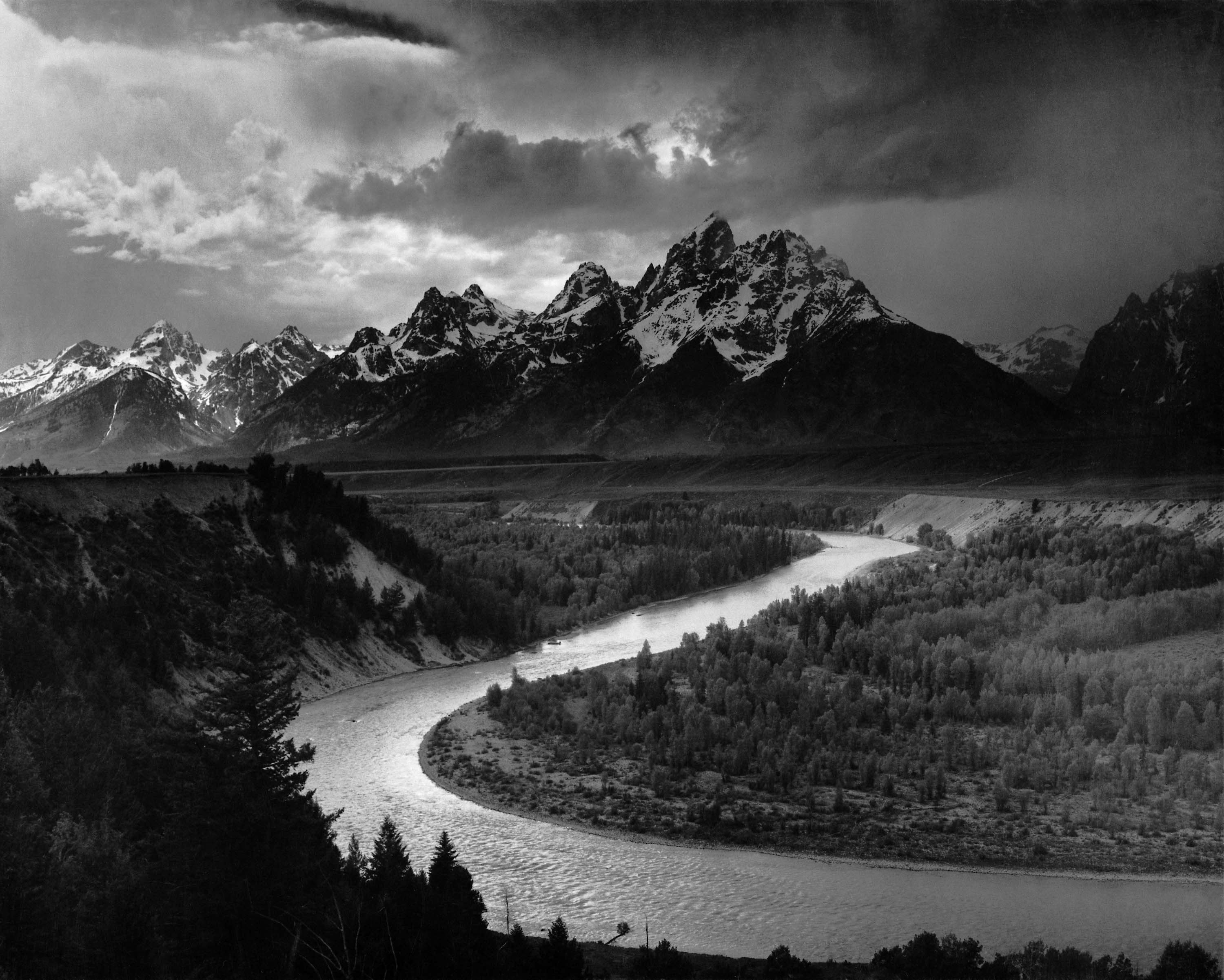






















Gabriele Basilico was an Italian photographer who defined himself as ‘a measurer of space’. He was born in Milan, Italy in 1944. He is a well known European documentary photographer. He was training as an architect when he first began photographing architecture and urban spaces.
In 1991 he participated in a photographic project on war-torn Bierut, with a group of international photographers. In 1944, Gottardo foundation Gallery presented a review on the past 15 years of Basilicos photography. This travelled several major European museums. In June 2002 he was awarded the prize for the years best photography book.
Basilico exhibited his works from Rio and Shanghia taken during 2010 and 2011 at Galerie Anne Barrault in 2012. Gabriele Basilico later died in 2013 at age 68.

New Topograpics was a term created by William Jenkins in 1975. It was used to describe a group of photographers who’s images where all similar, consisting of black and white prints of urban landscapes.
New Topographics was inspired by Albert Renger Patszch a German photographer, and the idea of new objectivity. The new objectivity movement, engaged with the world as clearly and precisely as possible.
Early photographers documented the natural landscape. The new topographic movement allows photographers to document parking lots, suburban housing and warehouses. Finding the beauty within the man made features.
The photos of man made structures, show how the natural landscape has been changed by industrial development.

Robert Adams was born in Orange, New Jersey, 1937. He is best known for his photos that investigate the urban landscapes in the American West. He uses photography to show his love love for the landscape, and how urban and industrial growth has changed it.
Adams was raised in the suburbs of Denver, Colorado. In 1956, he moved to Southern California to attend the University of Redlands. He majored in English literature and carried on at the University of Southern California where he went on to earn a Ph.D in 1965.
When Adams returned to Colorado, he had a plan to start a career in teaching. However, the changes in the landscape shocked him, and so he taught himself the fundamentals of photography. He began capturing photos of his home state, showing his love for the geography and change in his home.
Adams’ photographs capture the physical traces of human life.
Romanticism is an artistic and intellectual movement, which began in the late 18th and early 19th century Europe. It was a reaction against the realism of modern science. It is a strongly emotional and evocative artistic style, that shows vivid imagination.
Images in romanticism are quite often empty, avoiding life. However some photographers use humans and animals to tell the story. Sometimes it can include dark and stormy weather, with a foreboding spirit about it. The most important feature in a romantic landscape is the emotion that inspires the viewer.
A romantic photographer is someone who projects their inner being, emotions and experiences outward through the lens. Romanticism is about resonance, longing and evocation. Nature was a source of inspiration in the visual arts of the romantic movement. Romantic artists depicted nature to be beautiful, powerful and unpredictable.

Landscape photography captures elements in the world. This can focus on a vast area or highlight smaller features within the natural world.
When using landscape photography, many photographers focus on nature, capturing the natural elements, like the sun, clouds, mountains and rivers. This would be the main form of landscape photography, however. In contrast, some photographers prefer focusing more on the the man made features, sometimes described as disruptions of landscapes. This can include buildings, bridges, fences and vehicles. This is less popular though as many pursue landscape photography to escape their busy lives and be close to nature.
Looking at landscape photography should create the same emotion from being in the original place, capturing the photo. It is about capturing an image that embodies the spirit of the outdoors. There are a broad range of landscapes including, land, sea, urban, nature. There are no creative boundaries.


Ansel Adams was a landscape photographer and environmentalist. He is best known for his black and white images of the american west.
Adams was born February 20th 1902 in San Francisco California. He grew up in a house amid the sand dunes of the golden gate. As a boy, Ansel Adams was not very successful at school, leading to his Father and aunt tutoring him at home.
The main way in which Adams found joy, was in nature. He would go on long walks nearly everyday, hiking to the dunes, Lobos Creek, Baker Beach and even out to the very edge of the american continent.
1927 was an important year of Adams’ life. This was when he made his first fully visualized photograph, Monolith the Face of Half Dome. Adams began to persue ‘straight photography’, where he emphasized the clarity of the lens. This meant the final print gave no appearance of being manipulated in the camera or the dark room.
In 1928 Adams married his wife Virginia Best. The couple went on to have two children.
Majority of Adams work as a photographer was completed by 1950. During his later life he spent most his time reinterpreting his earlier work and editing his books.

















































































































































































































































































































































































































































































Arnold Newman
Arnold Newman took this photo before World War two, years after the Nazis where defeated.
The man photographed is Alfred Krupp, an industrialist.

My initial impression of this image was that the man in the foreground was a business owner with his factory behind him. His stern face creates a feeling of power and authority.
Natural light enters from the top of the photo, highlighting the the factory through the middle of the photo. The natural light creates contrast with the dark corners and foreground, and a frame is created by the archway, suggesting a divide with the man in front of the arch symbolising his importance, showing he may be a manager or owner.